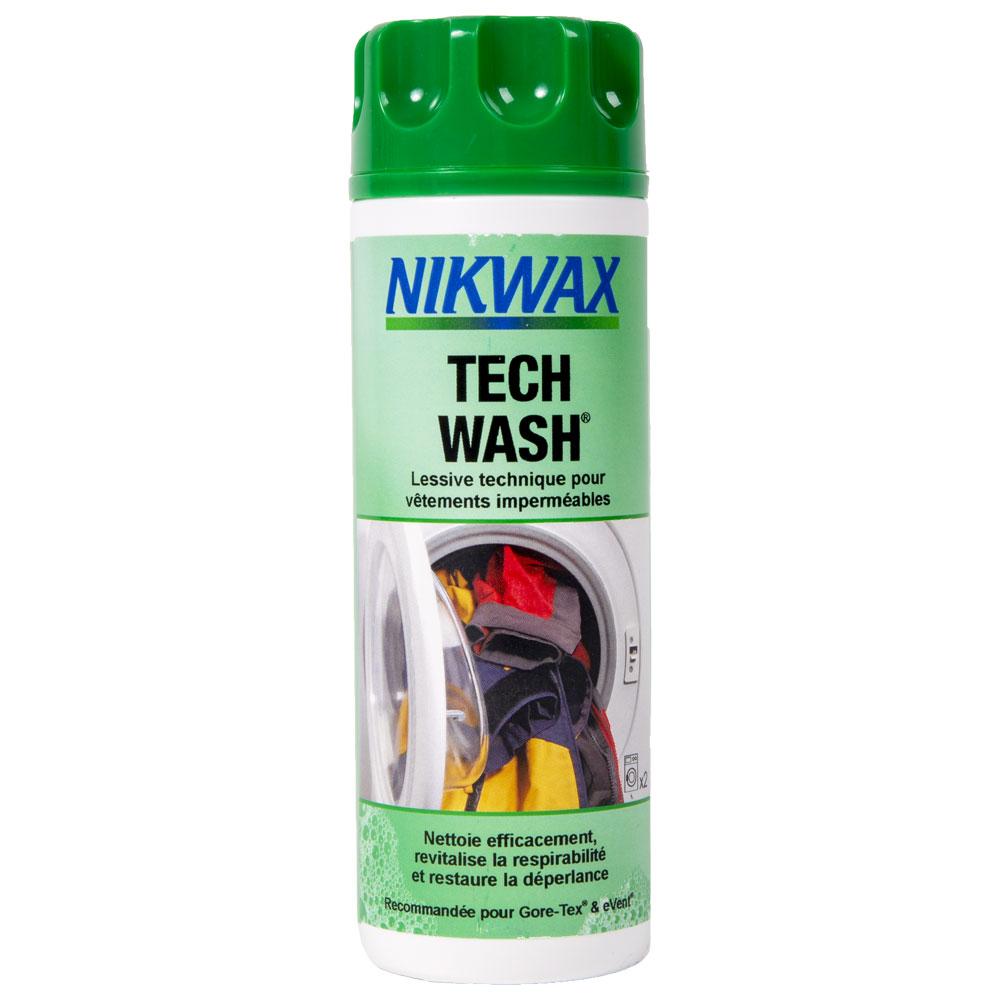When we think of having our skis or snowboard waxed at least once a year, we think much less about taking good care of our ski jackets (or ski pants). However, taking good care of your ski clothing will ensure that it remains high-performance winter after winter, particularly in terms of its resistance to water and its air-permeability. However, it is still necessary to have the right routines.

In summary:
- Always follow the care instructions shown on the garment’s label.
- Close all zips, buttons and hook-and-loop fasteners, and loosen any drawcords.
- Use a specialist detergent from Nikwax.
- If the garment contains insulation, add a few tennis balls to the drum of the washing machine.
- For insulated garments: allow to air dry only, never tumble dry, and place between two absorbent towels.
- For garments with a waterproof-breathable membrane: reactivate the membrane’s performance by applying gentle heat. Use a tumble dryer on a low setting if permitted, an iron through a towel, or a hairdryer held about 20 cm away.
- Did you know that washing ski clothing with regular detergent, especially powder detergent, is not recommended?
- Have you ever considered applying a dedicated treatment to restore the waterproofing of your ski jacket?
Washing my ski jacket properly guarantees its performance
Step 1: Washing
So far so good. The difficulty arises when you want to wash your ski clothing. Usual detergents are not specially designed for technical clothes. If you don't have a special detergent, do not use washing powder. Use a liquid soap free detergent and do not use fabric softener or bleach, as these products will damage your gear. If you are using a conventional detergent, be sure to run your machine a second time, without detergent, to remove any chemical residues.

To ensure a successful wash result:
- Follow the washing instructions on the label of your clothes.
- Close all zips, Velcro and buttons before putting your apparel in the machine. Loosen the drawstrings.
- Warning for clothes with fillings : If the washing instructions allow for machine wash, we recommend that you add tennis balls to your washing machine to prevent the fillings from forming into balls.
- To remove a stubborn stain, apply damp Marseille soap to the stain before putting your garment in the machine and rub lightly with an old toothbrush or nail brush, ensuring no damage is done to the fabric.
Step 2 : Drying
To ensure a successful drying process:
- Never twist your ski clothing to dry it, you risk damaging its fibres.
- If the maintenance instructions permit, tumble dry your clothing at a low temperature.
- If you don't have a tumble dryer, air dry your clothing and then iron it at a temperature suitable for delicate fabrics, making sure to place a towel between your clothing and your iron.
- Finally, if you don't have a tumble dryer or iron, you can also use a hair dryer after air drying your garment. Keep a distance of 20 centimetres between the hairdryer and the garment to avoid damage.
- Exception for clothes with fillings: after washing a garment with fillings, shake it in all directions to air out the filling and allow it to recover its shape. Dry it out flat between two towels to absorb the moisture. Avoid tumble dryers and heat sources (fireplace, radiator, etc.).
Step 3 (optional) : Re-proofing
- For a synthetic product with a DWR treatment, use the Nikwax Tx.Direct Wash-in product.
- For a leather and fabric garment or bi-material item, use the Nikwax Fabric & Leather Proof product.
- For a garment with a fluff or feather filling, use the Nikwax Down Proof product.

Care Tips for your Down Jacket
If you own a down jacket that you want to keep in top condition, check out our dedicated care guide to extend its lifespan.
